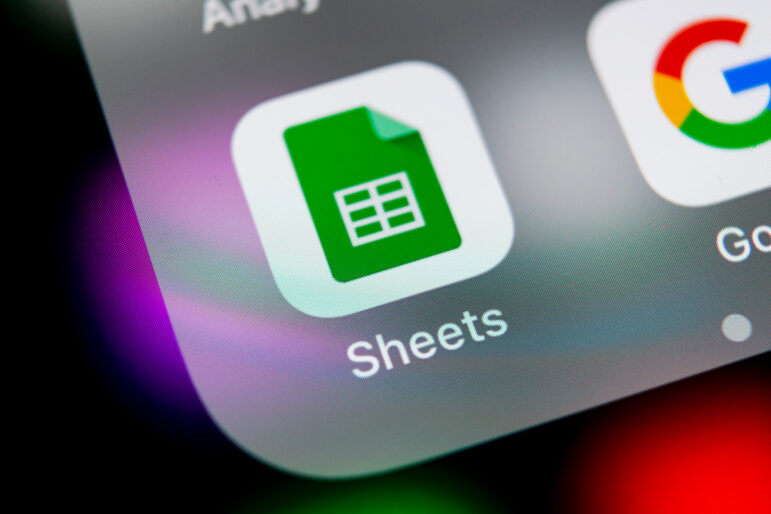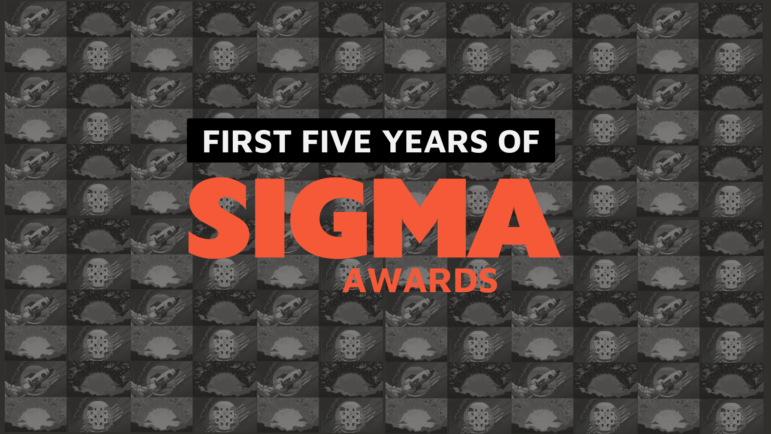Visualizing Data
Once you’ve done your analysis, you may want to create graphs, charts, or maps to display your results. Here are some resources to help you display your data in visually appealing, reader-friendly formats.
Flowing Data offers a plethora of tutorials that will help you visualize your data. You’ll learn how to make cartograms, upset plots, line charts, alluvial diagrams, and a lot more.
Chartable is a Germany-based blog run by founders of data visualization tool Datawrapper. It includes examples from publications worldwide and how-tos like Your Friendly Guide to Colors in Data Visualization by Lisa Charlotte Rost. In 2022, Rost also published this detailed guide to colors in data visualization style guides, which will also help you create an organizational color palette.
The Chartmaker Directory is a chart that lists popular data visualization types, with links to examples and underlying code in several dozen popular coding languages and visualization tools.
Data Viz Done Right is a blog that highlights examples of high-quality data visualizations in publications around the world.
The Data Visualization Catalogue includes a list of popular graph types, with descriptions, examples of usage, and links to tools that can produce them. It is less detailed than the Chartmaker Directory.
Data Visualization: A Practical Introduction (2018) by Kieran Healy. This book deals with both the principles of constructing quality data visualizations as well as the practice of visualizing data in R. Healy is an Irish sociologist who teaches at Duke University. The book is available for purchase on Amazon, or as an incomplete free online draft here.
Fundamentals of Data Visualization (2019) by Claus O. Wilke covers the basics of data visualization in R, and gives particular attention to common pitfalls that can lead to misleading graphics. Wilke is chair of the integrative biology department at the University of Texas at Austin. The book is available for purchase and is also free online.
Interactive Data Visualization for the Web, 2nd Edition (2017), by Scott Murray is a thorough, yet accessible guide to building charts and maps using the D3 visualization library. Murray is a former assistant professor at the University of San Francisco and now works for O’Reilly Media. (Available for purchase)
Peter Aldhous, a US-based science reporter for Buzzfeed News, has a website with tipsheets and course syllabi (along with public GitHub repositories) covering data visualization, R basics, geocoding, and network analysis.
PolicyViz is a blog run by US economist Jonathan Schwabish that includes data visualization how-tos using tools such as Excel and R, as well as real-world examples of good graphics. Schwabish also offers trainings (typically $500-$800/session) in various US and UK cities.
The Truthful Art (2019) by Alberto Cairo offers both theoretical principles and practical instructions on data visualization for journalists. It includes tips on how to evaluate data visualizations. Cairo is Knight Chair in Visual Journalism at the University of Miami, and he has written several other books, listed here, along with some free tutorials and videos. The book is available for purchase, but you can read a sample here. Cairo also teaches a free online course on data visualization through Coursera, available here.
VisualizingData.com is a site based in the UK that hosts a blog with examples and tips, a resource list with tools and how-to guides, and online trainings as well as in-person sessions in Manchester and London. Most of the online material is free; the trainings cost approximately $400-$1,300 per session.
The Visual Display of Quantitative Information (2001) by American statistician Edward Tufte explains the theory of data visualization, with examples of good graphics and maps and pointers on avoiding misleading visualizations. Tufte, whom the New York Times once described as the “Da Vinci of data,” also offers one-day training sessions in various US cities for a $380 fee.
Which Chart Should I Use and Why? (2016) This is Peter Aldhous’s quick guide to choosing the appropriate graph and color scheme for a particular dataset.
Visualize This: The FlowingData Guide to Design, Visualization, and Statistics (2011) by Nathan Yau provides practical step-by-step guides on creating data visualizations in a variety of programs and languages, including R, JavaScript, and PHP. Yau, who earned his PhD in statistics from UCLA, founded FlowingData (a subscription-based tutorial website), and also wrote Data Points: Visualization that Means Something (2013).









